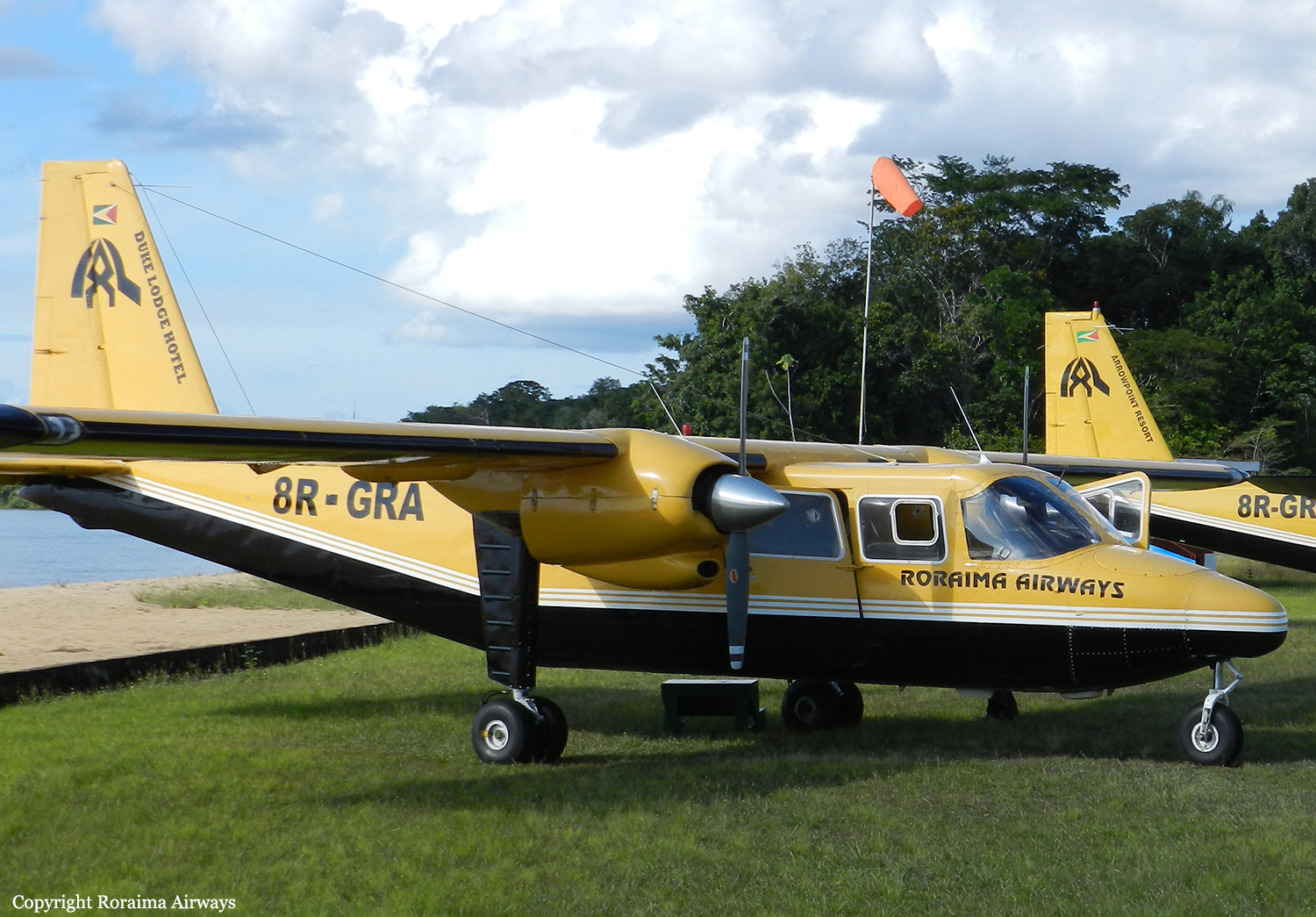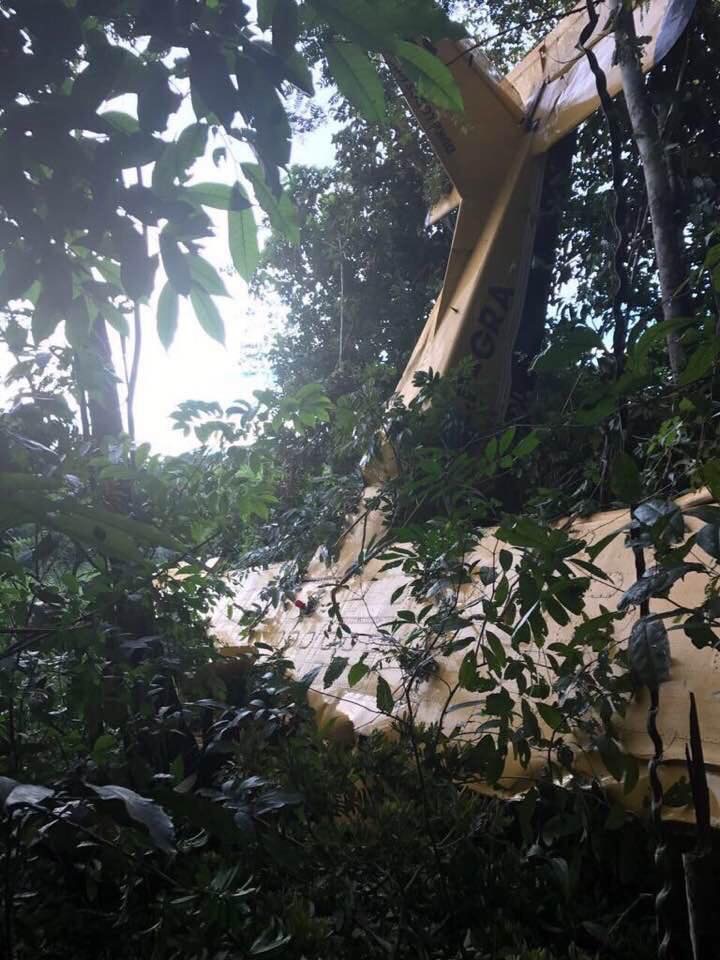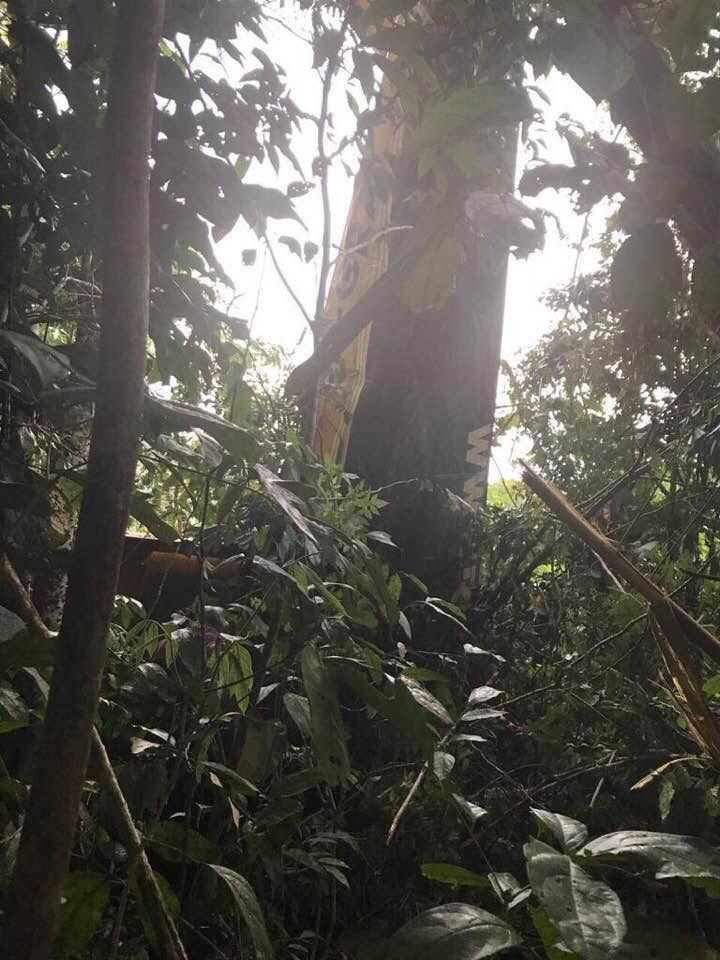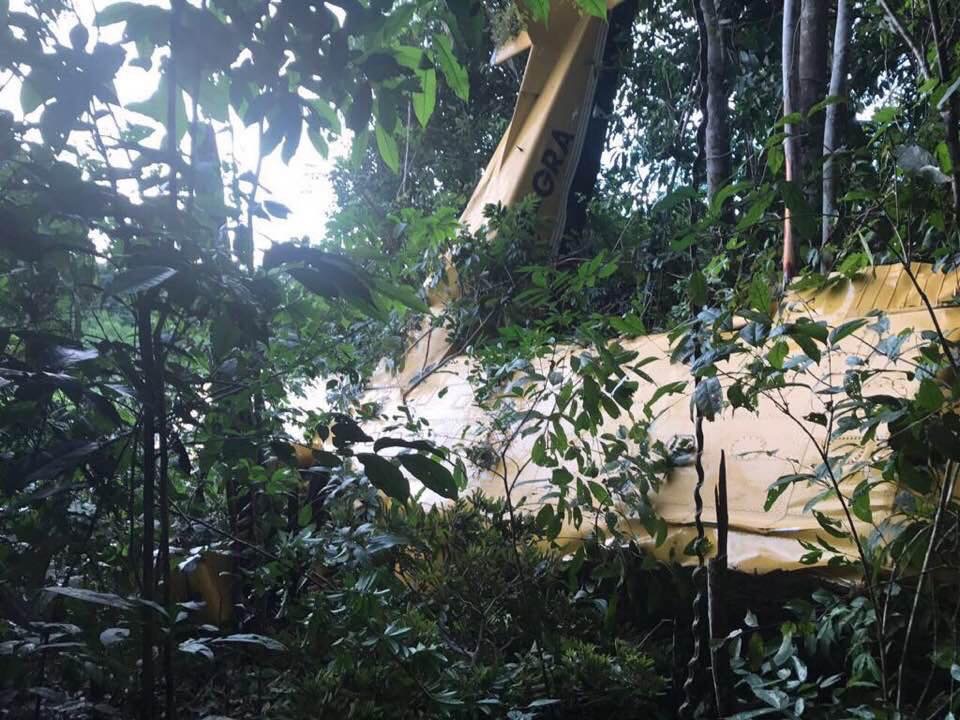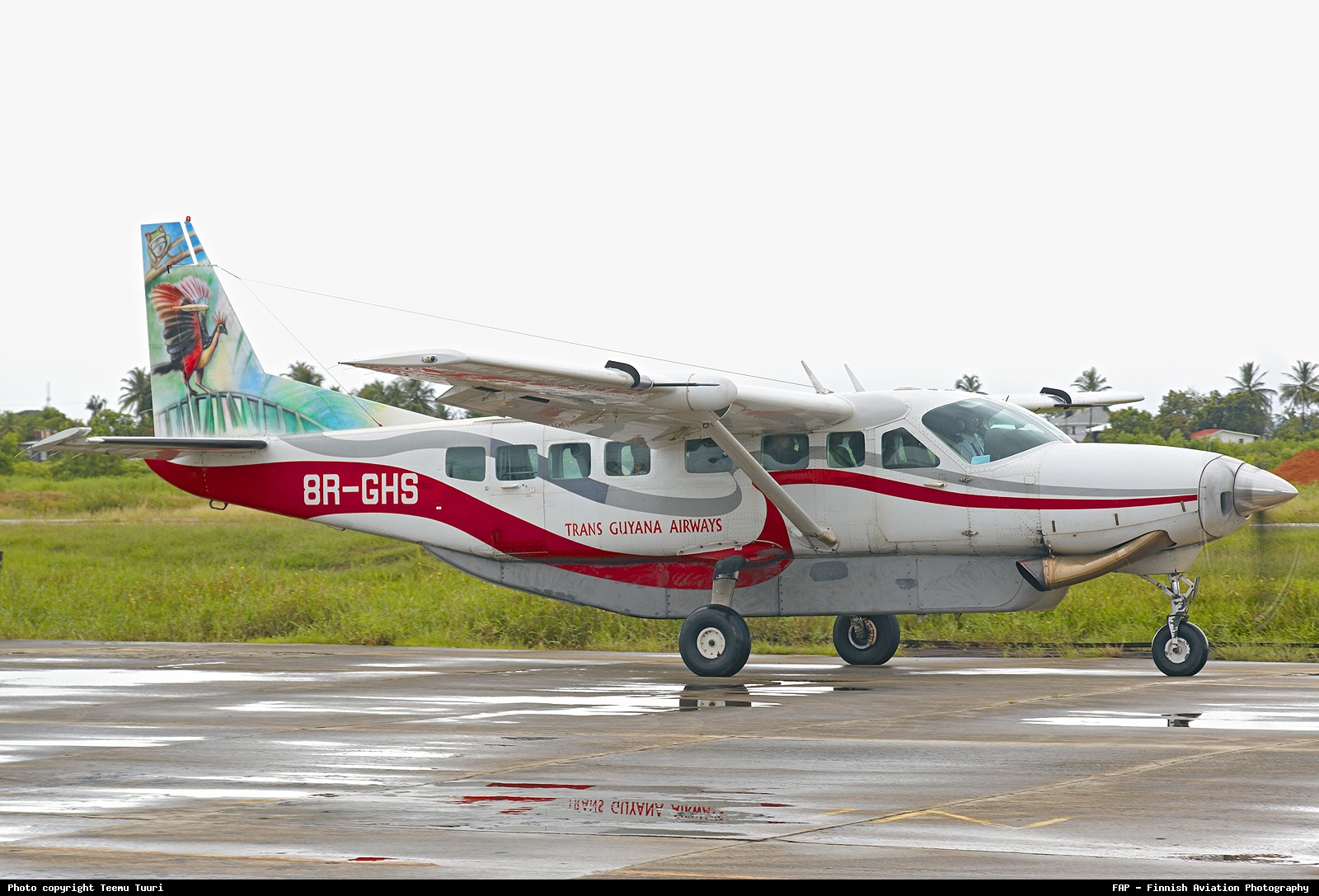Crash of a Britten Norman BN-2A-26 Islander in Eteringbang: 1 killed
Date & Time:
Jul 25, 2017 at 1755 LT
Registration:
8R-GRA
Survivors:
No
Schedule:
Ekereku – Eteringbang
MSN:
3006
YOM:
1982
Crew on board:
1
Crew fatalities:
Pax on board:
0
Pax fatalities:
Other fatalities:
Total fatalities:
1
Aircraft flight hours:
24716
Circumstances:
The twin engine airplane departed Ekereku on a cargo flight to Eteringbang, carrying fuel drums for local miners. On final approach to Eteringbang Airfield Runway 03, the aircraft was very low and the pilot initiated a right turn when control was lost. The aircraft crashed in a dense wooded area some 200 metres from the runway. The aircraft was destroyed and the pilot, sole on board, was killed. The pilot Collin Martin was the Chief Pilot of Roraima Airways since 2015.
Probable cause:
The pilot flew a non-standard traffic pattern very low and very close to the runway. The excessive and extreme fight manoeuvres to position the aircraft for the landing resulted in a loss of aircraft control.
Contributory Factors:
The pilot’s failure to operate in accordance with established standard operating procedures when approaching the runway to land.
Contributory Factors:
The pilot’s failure to operate in accordance with established standard operating procedures when approaching the runway to land.
Final Report:
